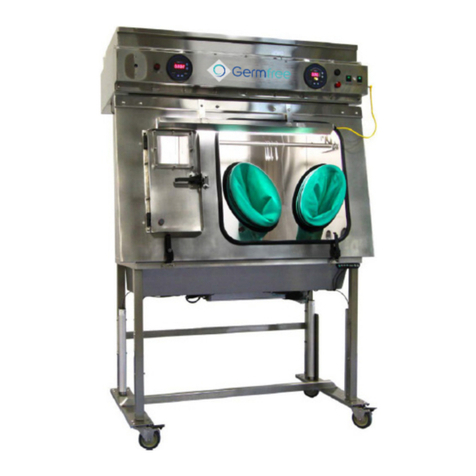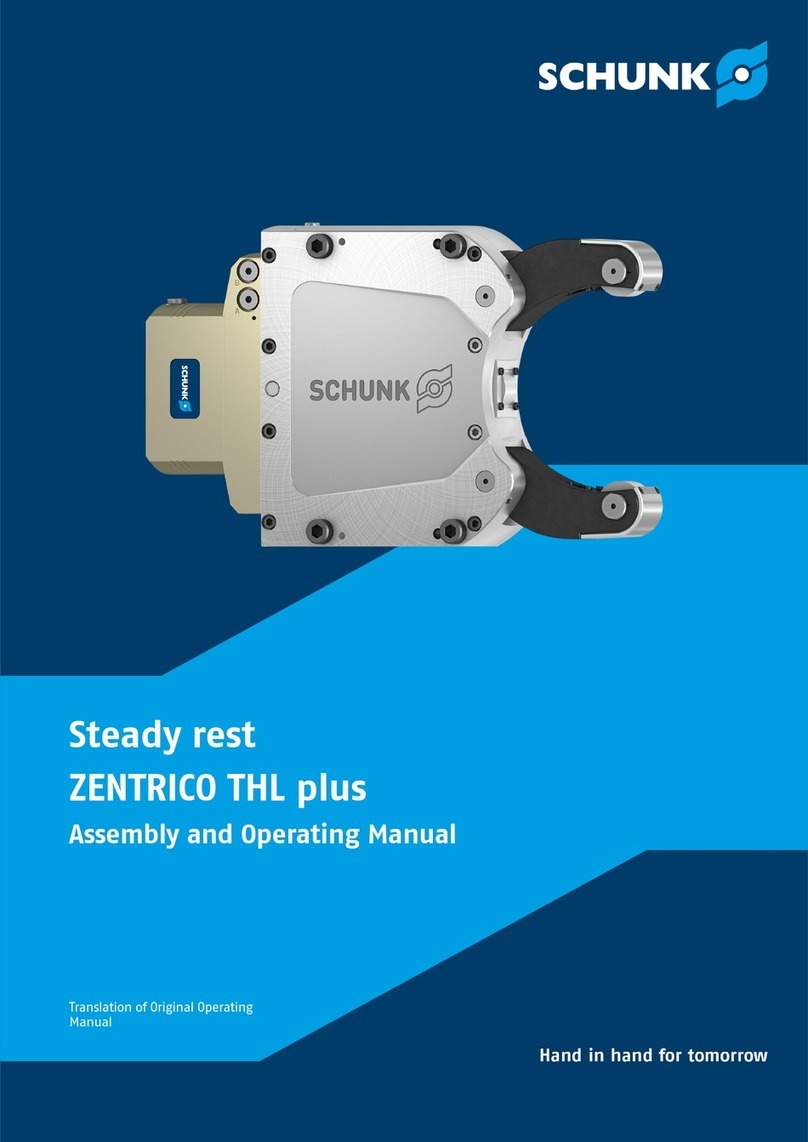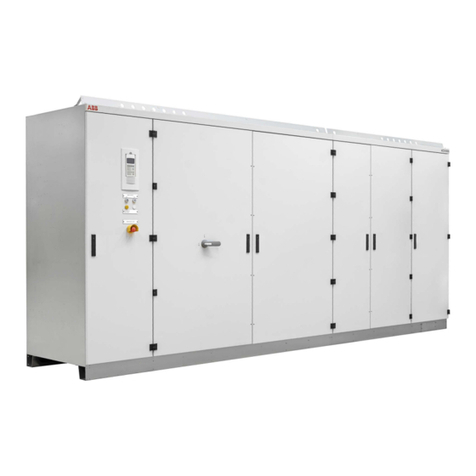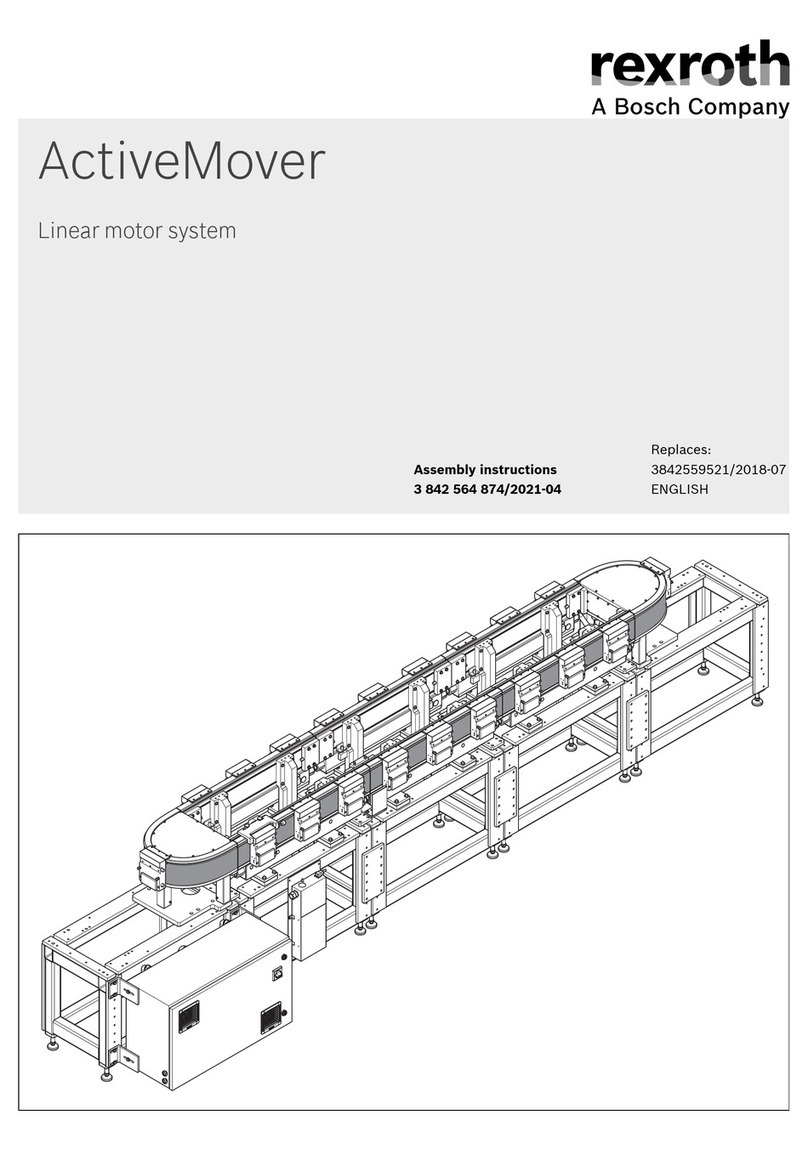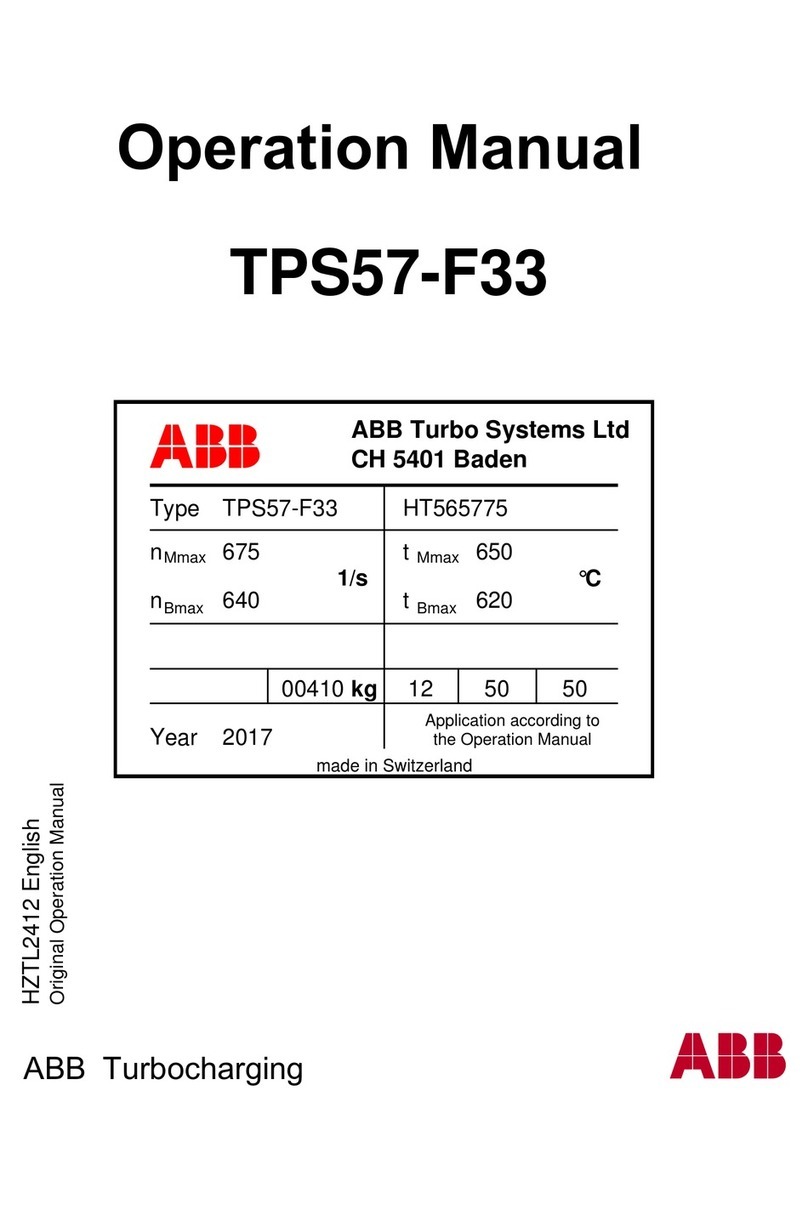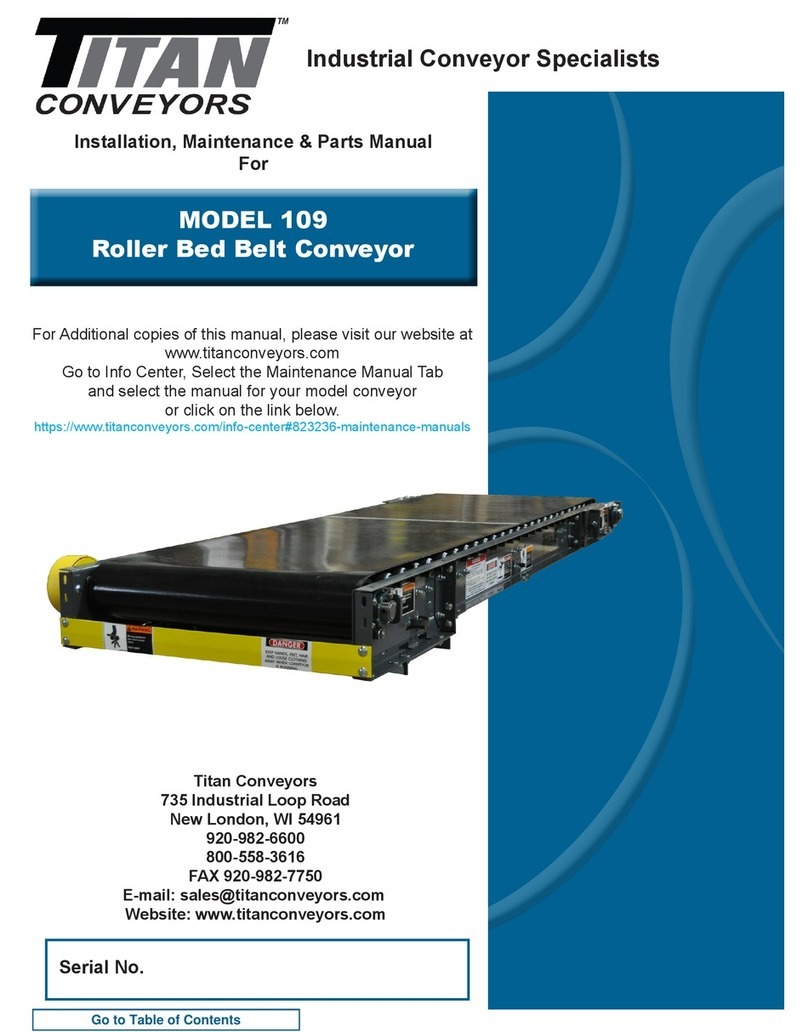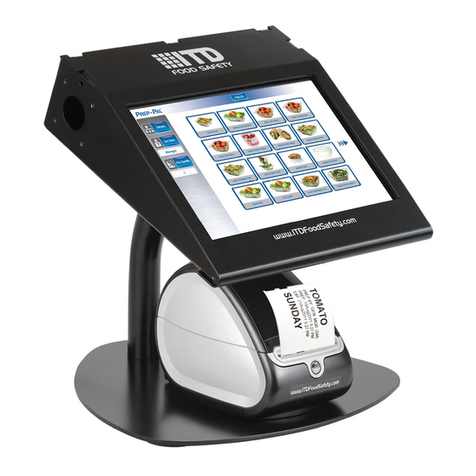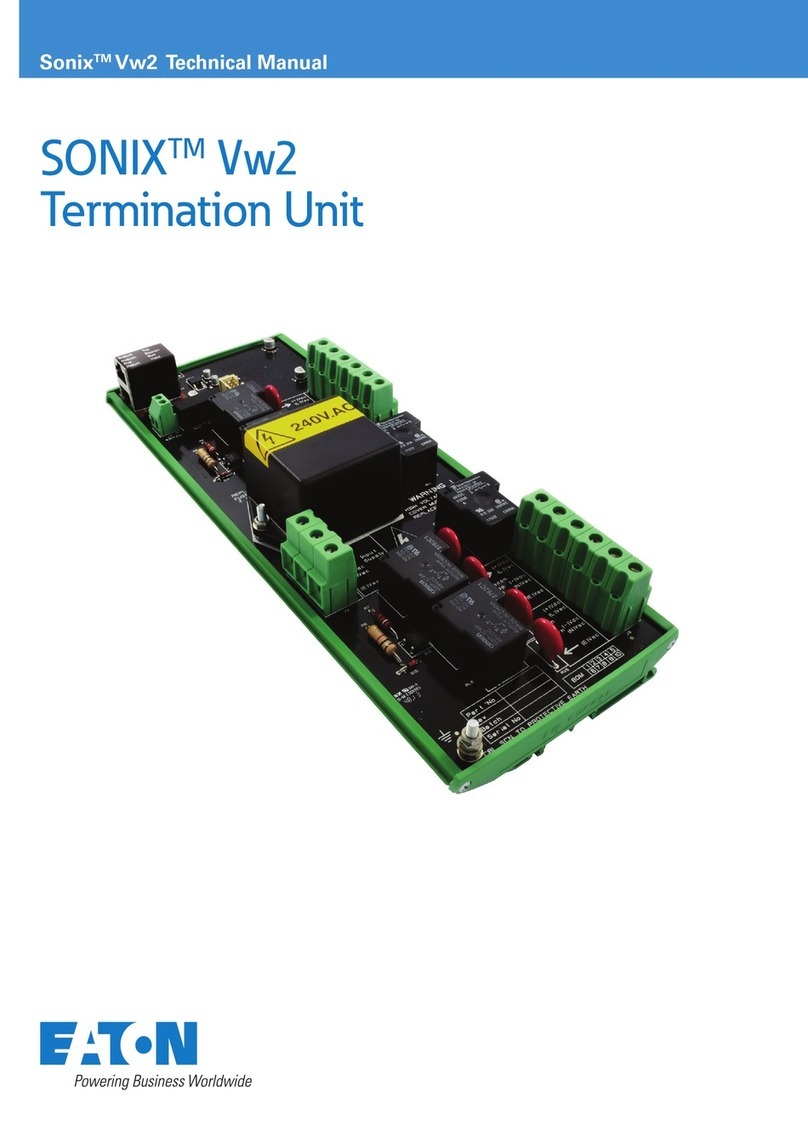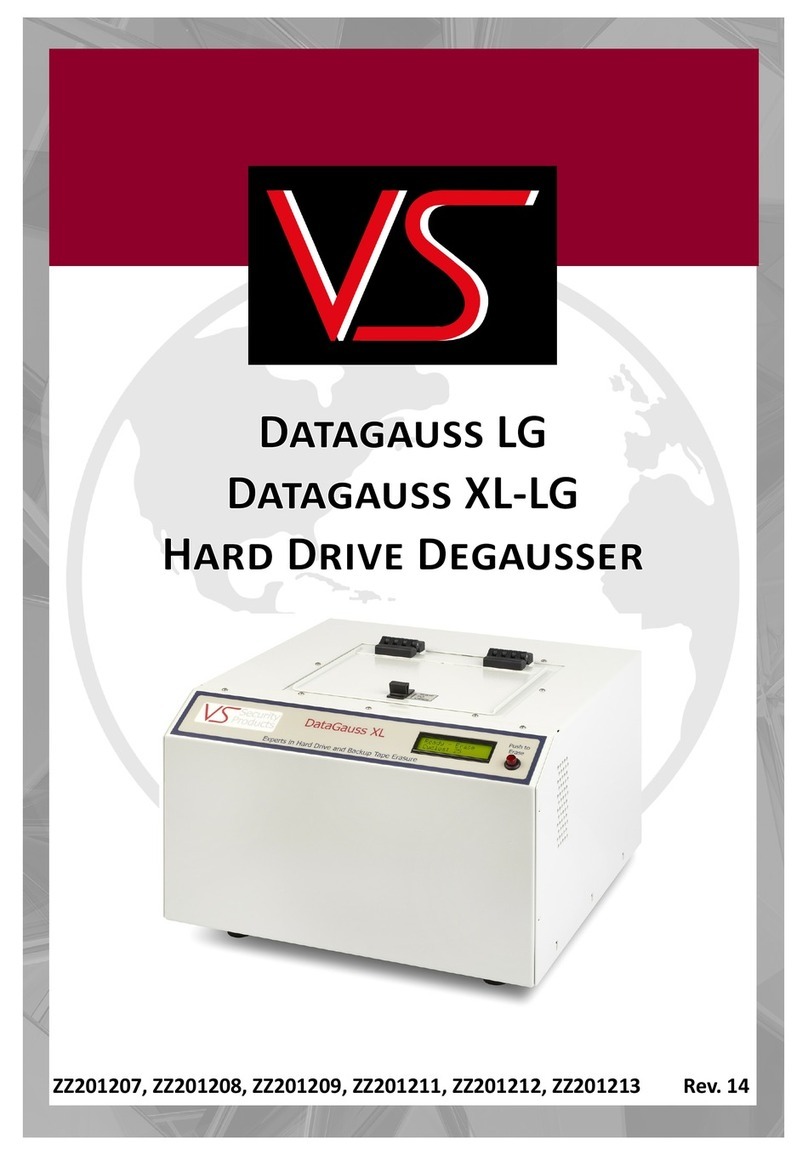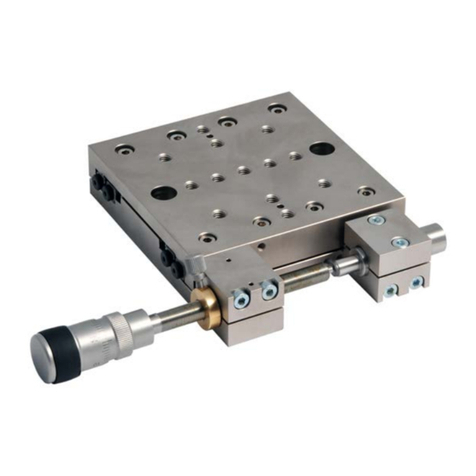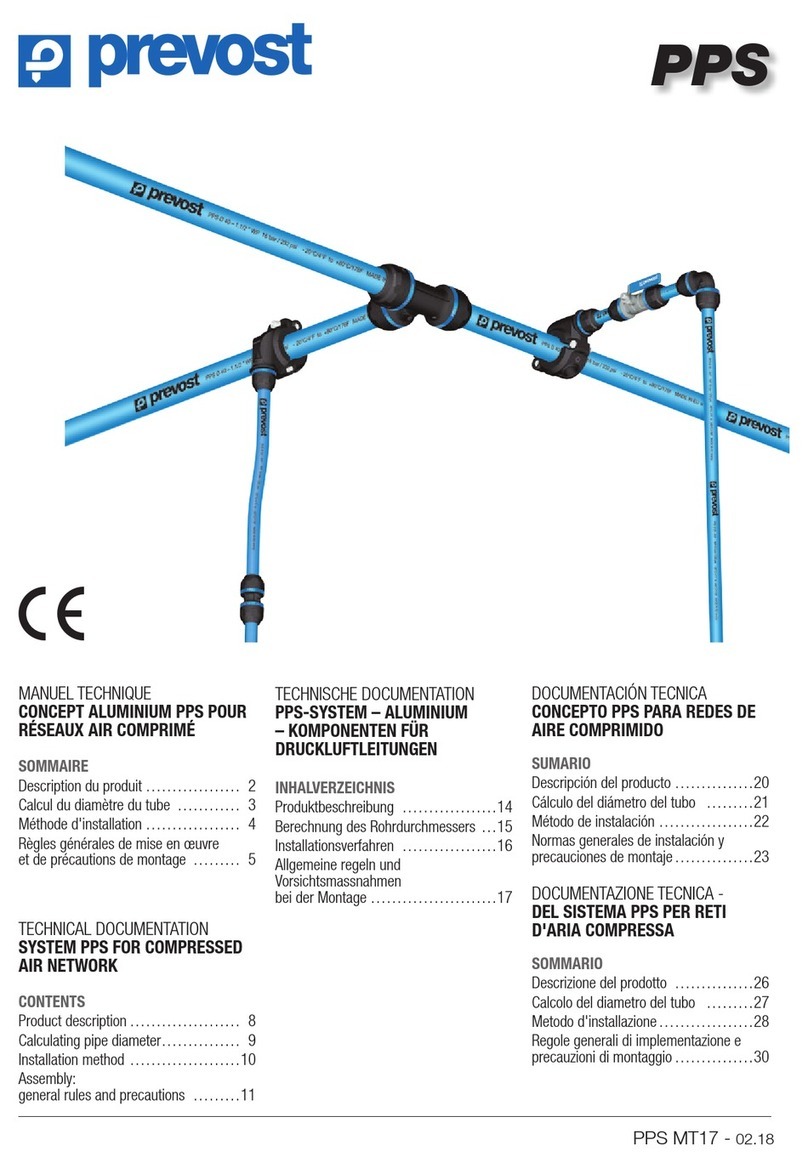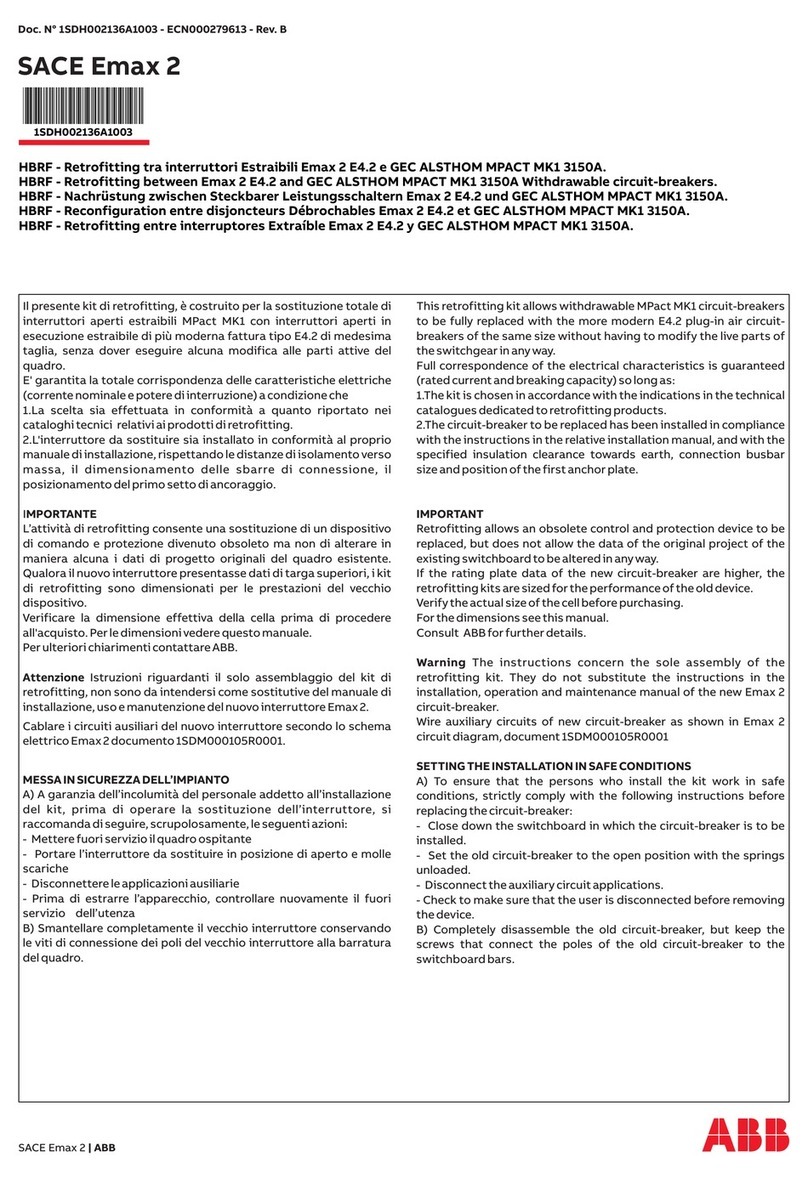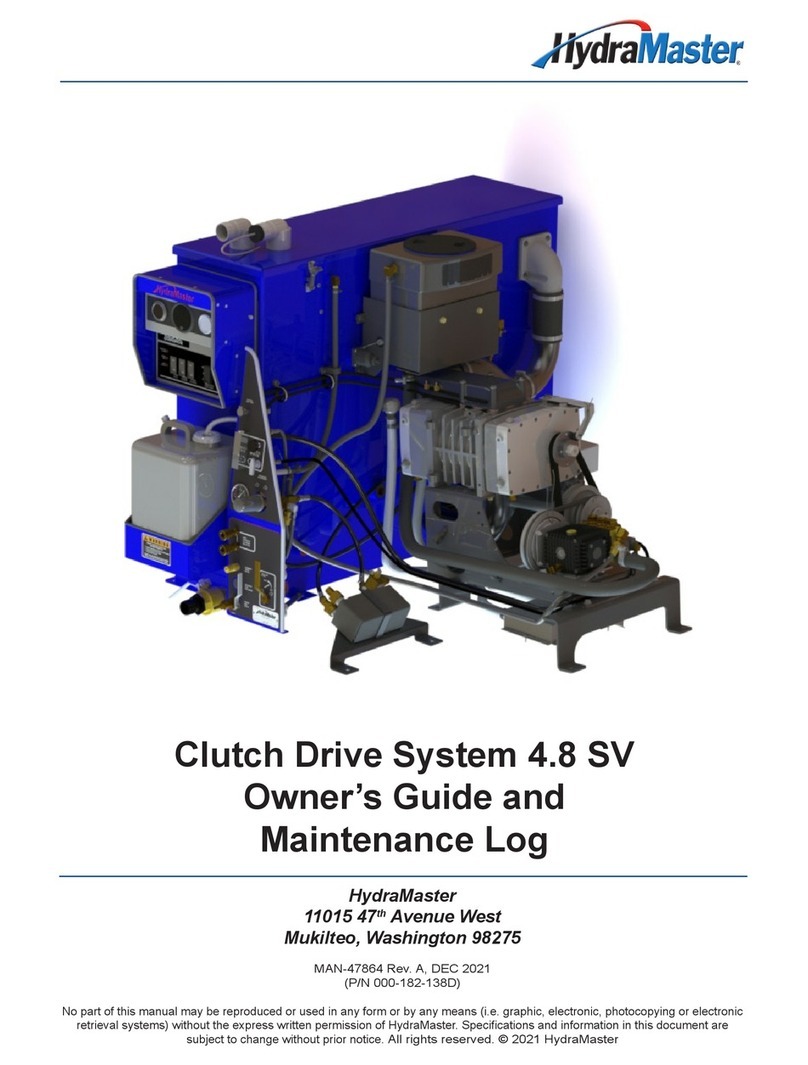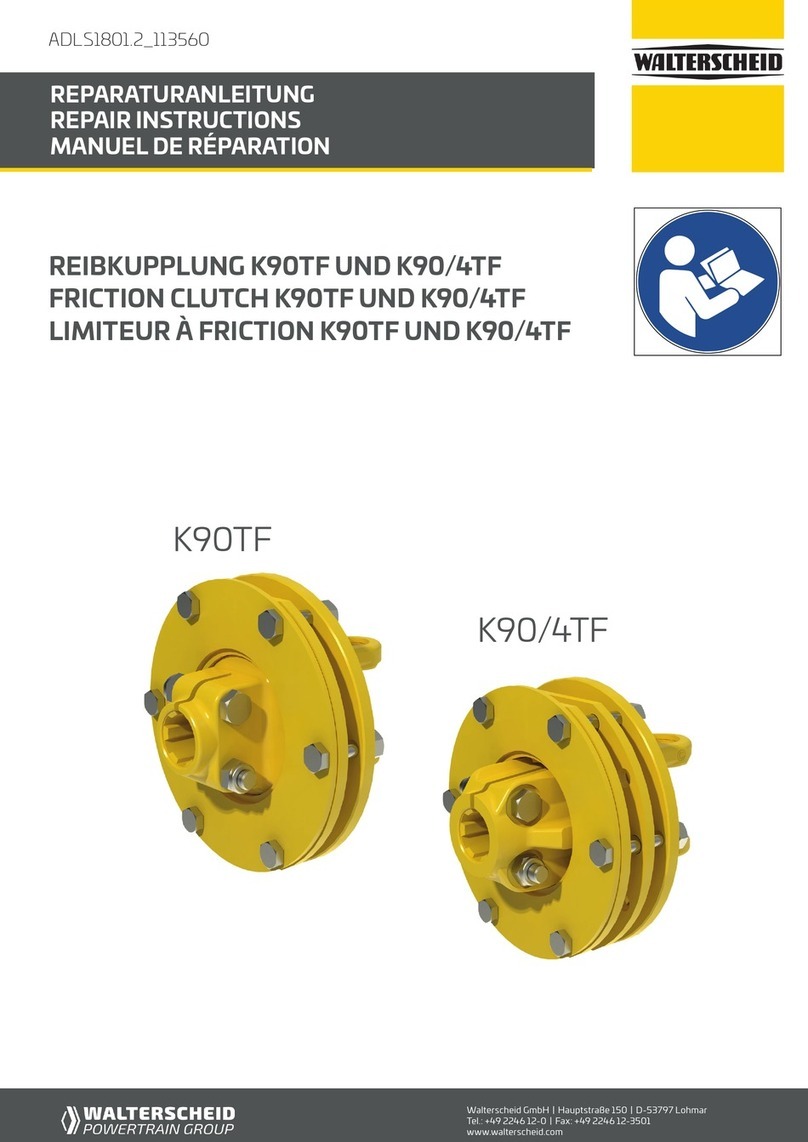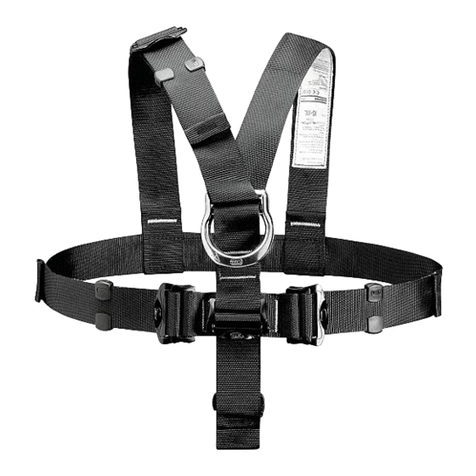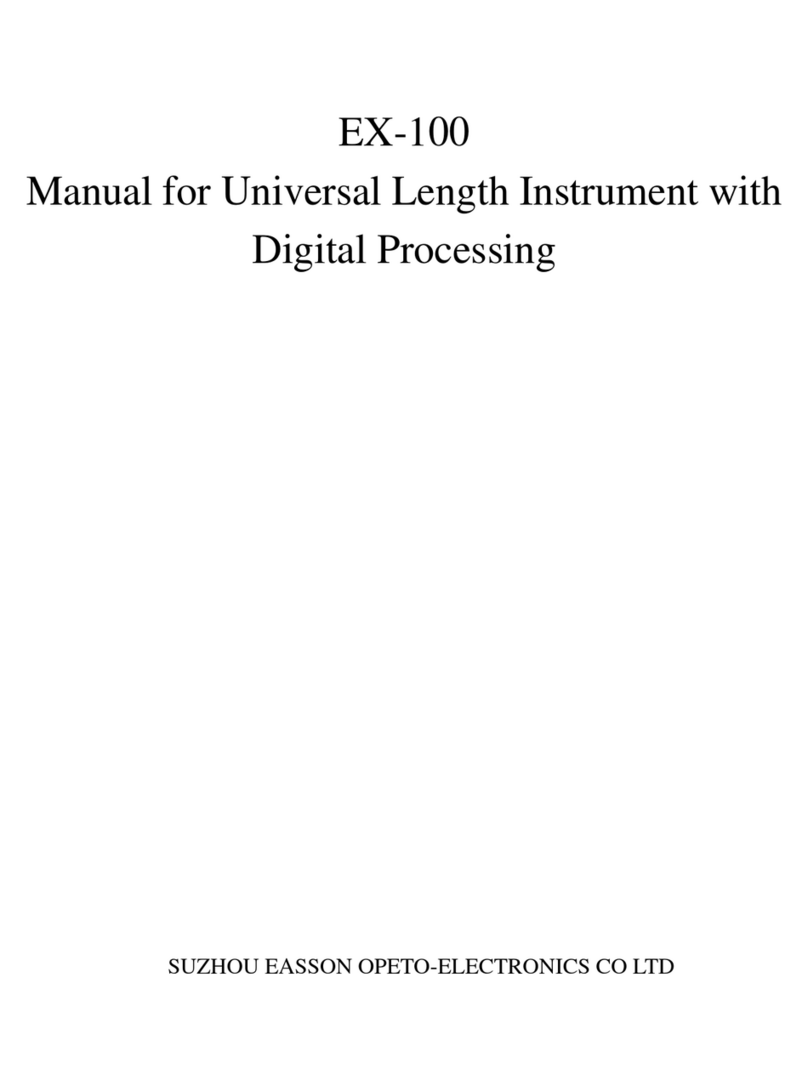Germfree LFGI-3USP User manual

Laminar Flow LFGI (CAI or CACI) User Manual

Table of Contents
PREFACE 6
SAFETY,OPERATION AND ADDITIONAL PROFESSIONAL TRAINING 6
GERMFREE,THE LFGI AND USP <797> 7
INTRODUCTION 8
PRODUCT PROTECTION 8
PERSONNEL PROTECTION 9
PARTICULATES AND GASES/VAPORS 10
THEORY 11
HEPA FILTRATION 11
UNIDIRECTIONAL (LAMINAR)AIR FLOW 12
PRESSURIZATION 12
CONTAINMENT 13
UNPACKING INSTRUCTIONS 14
INSTALLATION 15
ELECTRICAL REQUIREMENTS 16
CERTIFICATION 16
PARTS IDENTIFIER 17
FRONT OF LFGI 17
INSIDE THE WORK AREA 17
INSIDE THE WORK AREA #2 18
SHARPS AND WASTE 18
BACK OF THE CONTROL PANEL 19
CONTROL PANEL 19
CLEANING 20
OUTSIDE THE LFGI 20
INSIDE THE LFGI 20
3

OPERATION 20
SAFETY AND ADDITIONAL TRAINING 20
START-UP21
OPERATION 22
AIRLOCK OPERATION 23
USAGE 24
DO NOT 24
DO25
PRACTICE PROPER ASEPTIC TECHNIQUE 25
SHARPS 26
WASTE REMOVAL 26
APPENDICES 28
WARRANTY INFORMATION (2 YEAR STANDARD) 28
MAINTENANCE 29
LIGHT BULB REPLACEMENT 30
DUCTING 31
ELECTRONIC ADJUSTING STAND 31
AUTOMATED COMPOUNDERS 32
ROXTEC GLAND M63 INSTRUCTIONS 33
GLOVES 34
ALARM 34
PROCEDURE FOR CHANGING GLOVES DURING MAINTENANCE 35
SLEEVE CHANGES 38
GLOVE AND SLEEVE INSPECTIONS 39
CLEANING THE LFGI-HEAVY DUTY (RIGOROUS) 40
OUTSIDE THE LFGI 40
INSIDE THE AIRLOCK 40
INSIDE THE LFGI 42
CLEANING THE LFGI BETWEEN PREPARATIONS-LIGHT 43
CLEANING AGENTS 45
CLEANING TERMS 46
LFGI- USP SPECIFICATION SHEETS 48
CERTIFICATION OF GERMFREE LAMINAR FLOW GLOVEBOX /
ISOLATOR 60
PRODUCT OVERVIEW 60
BASIC OPERATION 61
4

Preface
Safety, Operation and Additional Professional Training
The Stainless Steel Laminar Flow Glovebox /Isolator (LFGI) provides a contained
environment that allows for greater protection for both personnel and product than
traditional open front laminar flow equipment. However, this protection can only be
achieved through proper technique. The following is a list of topics that may apply to your
operation. Many of these items may require additional professional study and practice
beyond the information found in this manual.
1. Operation of the Laminar Flow Glovebox /Isolator
2. Understanding HEPA particulate filtration
3. Proper operator technique
4. Understanding chemical compatibilities for proper glove selection
5. Understanding chemical compatibilities for proper “cleaning” and “sterilization”
6. Understanding chemical compatibilities for proper “decontamination”
7. Understanding sterile product preparation and aseptic technique
8. Understanding hazards associated with the products handled in the Laminar Flow
Glovebox /Isolator
9. Understanding proper maintenance and initial and periodic certification
10. Understanding Federal, State and Local applicable professional regulations.
The Laminar Flow Glovebox /Isolator does not automatically provide a clean, sterile and
safe working environment. In order for the LFGI to provide the required work environment
a professional understanding of the above 10 items along with a complete understanding of
the tasks to be performed is essential.
To obtain this information and understanding may require additional professional
training. If you need assistance in finding Professional Pharmacy Organizations
offering additional training for any of the above items please call Pharmacy
Equipment Sales at GERMFREE, 800.888.5357
6

GERMFREE, the LFGI and USP <797>
GERMFREE has strived to produce a primary engineering control that maintains a clean
and microbe free environment through a combination of design elements and
recommendations for good practice and technique.
USP <797> does not offer a great deal of guidance on the use of barrier isolators for the
compounding of sterile products and has left much to the manufacturer’s recommendation.
In light of this, GERMFREE will always err on the side of caution when making
recommendations on the proper use of the LFGI.
GERMFREE recommends the following regarding the general use of the LFGI in the
pharmacy environment:
1. The LFGI should be placed in a controlled environment. A room with a window that
opens to the out of doors or with high foot traffic is not appropriate for the compounding
of sterile products. This is recommended to reduce the overall bioburden in the surrounding
area. A classified environment or a room that conforms to a particular particle count is not
necessary. The LFGI is designed with a sealed airlock that maintains complete
environmental separation between the work area and the ambient room air. This sealed
airlock is then purged with HEPA filtered air to equalize or better the cleanliness level of
that contained air to the ISO Class 5 condition of the work area.
2. (For CACI Model- Handling Hazardous Drugs) Operators should wear a gown or coat
to protect themselves from accidental dermal contact with elements being compounded.
3. Operators should always wear gloves when handling compounding elements before and
after they are compounded in the work area. Studies show drug contamination on the
outside of vials.
4. Operators should minimize fingernail length and jewelry since they increase the chances
for glove puncture / tear.
5. All compounding elements should be wiped down before placement in the airlock to
reduce any surface contamination that may be present.
7. Operators should wipe down the exterior of waste or sharps containers that are used
inside of the work area prior to removal from the LFGI with alcohol.
8. Current standards of practice should prevail. For example, if you do not compound
antibiotics and TPNs concurrently in your Laminar Flow Workstation, do not compound
them at the same time in the LFGI.
9. Operators should be made aware that “first air” for the purposes of proper aseptic
technique is now located above the work area. This will change how they utilize the work
deck space.
7

Introduction
The Stainless Steel Laminar Flow Glovebox /Isolator is a complete barrier system. It
provides sterile laminar flow air for aseptic pharmacy preparations while protecting
pharmacy personnel from hazardous materials.
The Laminar Flow Glovebox /Isolator uses an amalgamation of cleanroom and
containment technologies designed specifically for critical pharmacy applications. This unit
provides laminar flow air for product protection and complete containment for operator
protection.
Product Protection
The Laminar Flow Glovebox /Isolator offers the highest level of product protection by
providing vertical unidirectional (laminar) flow HEPA filtered air to the complete work
environment. The unit utilizes a full width and depth supply HEPA filter above the work
surface. The entire work area is bathed in HEPA filtered unidirectional mass displaced air.
This provides a better than ISO Class 5 particulate-free environment. Particulates generated
by manipulations are continuously removed, maintaining ISO Class 5 or better conditions
when operational. All air entering the LFGI is twice filtered, once by the pre-filter then by
the supply HEPA filter.
8

Personnel Protection
The Laminar Flow Glovebox /Isolator provides personnel protection by maintaining a
complete barrier from hazardous material in the work area. All air exiting the Glovebox
/Isolator passes through the exhaust HEPA filter, which remove hazardous dust, powders,
aerosols and other particulates. All air entering the Laminar Flow Glovebox /Isolator passes
through the inlet HEPA filter which maintains the barrier. Personnel operate in the work
area through gloves in a sealed view panel. Glove changes can be made while maintaining
containment, furthering personnel protection.
9

Particulates and Gases/ Vapors
The Laminar Flow Glovebox /Isolator provides personnel and product protection from
particulates, dust, powders and aerosols. Microbiological particulates and aerosols, with the
possible exception of Prions, are also removed. Personnel and product protection from gas
and fumes is not provided by HEPA filtration, but limited protection from gas and fumes
can be provided by venting or ducting. The LFGI can be configured to meet the
recommendation for no recirculation and total exhaust of all air exiting the work area made
by the NIOSH alert on the handling of hazardous drugs.
10

Theory
HEPA Filtration
The Laminar Flow Glovebox /Isolator uses HEPA (High Efficiency Particulate Air) filters
to provide the highest level of personnel and product protection. These filters are the
laminar flow supply HEPA filter, which filters all air passing over the entire work area, and
the exhaust HEPA filter that filters all air exiting the Laminar Flow Glovebox /Isolator.
Additionally, there are two HEPA filters located inside the HEPA Purge airlock that filter
the purged air. All filters are rated to remove particulates and aerosols 0.3 micron in size
with a minimum efficiency of 99.99%. These filters are even more effective at removing
particulates both larger and smaller than 0.3 microns as the graph below depicts.
11

HEPA filters are recognized as one of the finest forms of mechanical air filtration available
for this application. HEPA filters improve or become more efficient as they load under use.
There are a number of mechanisms involved in HEPA filtration which are briefly presented
below:
1. Impingement - Large particulates, e.g. dust, are captured by the filter fibers as the
air stream flows around the fibers.
2. Interception - Particulates follow air stream around filter fibers and become
captured (physical interference between particles and fibers).
3. Diffusion - Very small “particles” are bombarded by gas molecules causing them
to move erratically (Brownian motion) and contact the filter fibers.
4. Straining - Occurs when the smallest dimension of the particulate is greater than the
distance between adjoining filter media fibers.
5. Electrostatic attraction - Enhances mechanical capture through attraction of
oppositely charged particles.
Unidirectional (Laminar) Air Flow
The Laminar Flow Glovebox /Isolator offers the highest level of product protection by
providing vertical laminar flow HEPA filtered air to the complete work environment. This
is the same technology used in the Laminar Flow Workstations and Biological Safety
Cabinets that “barrier isolators” are intended to replace. The Laminar Flow Glovebox
/Isolator utilizes a full width and depth supply HEPA filter above the work surface. Any
particle-laden air is swept from the work area with a wash of HEPA filtered air. Filtered air
washes over the work area into the front and rear grilles. Particles that are generated by the
work are immediately washed into the returns and out of the work zone. Internal cross-
contamination from compounding different products in the same work area is drastically
reduced.
Pressurization
The Laminar Flow Glovebox /Isolator can be configured for either positive or negative
pressure operation. When the system is operating under positive pressure it is referred to as
an Isolator and when operating under negative pressure it is referred to as a Glovebox.
•Negative pressure Glovebox operation should be used when personnel protection
has been determined to be of greater concern.
•Positive Pressure Isolator operation should be used when product protection has
been determined to be of greater concern.
12

In either positive or negative pressure configurations the airflow in the LFGI is always in the
same direction. To achieve positive pressure the supply blower pushes air into the chamber
faster than it is exhausted. This causes the gloves to push out of the work area. To achieve
negative pressure the exhaust blower pulls air out of the chamber faster than it is taken in.
This causes the gloves to pull into the work area.
The decision to operate the Laminar Flow Glovebox /Isolator under negative or positive
pressure must be determined based on your intended product application, risk assessment
and current regulations. The design of the LFGI series allows a certifier to change the
overall pressure of the unit while in-place. This requires in-depth knowledge of the Laminar
Flow Glovebox /Isolator and its components and should not be attempted by a user.
Containment
The Laminar Flow Glovebox /Isolator maintains containment of the work area through a
series of filters and its stainless steel construction. Joints are welded and polished for easy
cleaning and all modular components are fully gasketed to ensure a gas tight seal. Adjustable
compression hinges and positive-lock latches deliver consistent pressure at door openings.
The two door airlock functions to maintain complete environmental separation between the
room and work area air.
All air entering and exiting the LFGI is HEPA filtered to ensure ambient particulates stay
out of the work area and materials being compounded stay in.
13

Unpacking Instructions
The Laminar Flow Glovebox is shipped fully assembled in a single crate. All equipment
must be inspected immediately upon receipt. If there is visible damage to the container or
unit it must be noted on the receiving documents by the driver. The carrier must then be
notified to arrange for an immediate inspection to verify the damage to the equipment. If
damage to the unit is found after it is uncrated (concealed damage), the receiver should
notify the delivering carrier at once. Do not move the equipment or discard any of the
shipping materials until a concealed damage inspection is performed. If the carrier will not
perform this service, please contact the factory immediately at 800- 888-5357. Without this
inspection of the equipment and packing materials, the freight company may not accept a
claim for damage or loss and take the position that the damage occurred after delivery.
Packaged LFGI
1. Packing List
2. Pallet with donut lifts for
pallet jack
3. Casters are locked for
shipping and are touching
the mounting rack.
LFGI is on a rack to
prevent movement during
shipping.
DO NOT USE A FORK
LIFT TO REMOVE LFGI
FROM THE PALLET
Extra prefilters are included
and inside the LFGI. Store
these filters for future
replacement.
14

Packed Airlock
1. Sleeves with gloves and O-rings
2. Cleaning kit with stainless steel cleaner,
abrasive pad, hanging hooks and scratch
remover
3. Complimentary box of gloves
Additionally- 1-Yellow Electrical Outlet
Cord (cannot be seen in this picture).
Installation
The Laminar Flow Glovebox /Isolator was designed to fit through standard size doors
allowing for easy installation (32” Deep and 80” High).
The Laminar Flow Glovebox /Isolator is a complete and self-contained unit and is shipped
fully assembled. After unpacking, the unit can be moved into the desired location. Unlike an
open front hood room air currents do not disrupt the LFGI; however, proper room
placement and room access may be defined by professional and/or State regulations.
The external clean air plenum may be removed if it is discovered that the unit is too wide to
fit through a door. The Prefilter housing at the top of the LFGI can be removed if the unit
is too tall. Please call GERMFREE (800) 888-5357 for instruction if either of these is
necessary.
The sleeves and gloves will need to be installed before turning the unit on. See section on
Sleeve and Glove Changes.
15

Electrical Requirements
Electrical Requirements are as follows:
LFGI-3USP 115V, 15 amp plug for one 10 ft. Power cord
LFGI-4USP 115V, 15 amp plug for one 10 ft. Power cord
LFGI-6USP 115V, 15 amp plug for one 10 ft. Power cord
It is essential that the equipment be properly grounded, it is a violation of your warranty to
operate without.
For service to the unit it is essential that the cord cap be easily accessible.
Optional Equipment affects Electrical Requirements in the following way-
Electrical Height Adjustment requires its own power receptacle and a 15 amp circuit on all
sized units.
Additional electrical components may be required based upon equipment used inside the
LFGI.
Certification
The Laminar Flow Glovebox /Isolator is a complete and self-contained unit whose
performance was tested and documented before shipping. It requires certification after the
unit has been installed and prior to operation. This is especially important after
transportation of the LFGI from our factory to your facility. The purpose of this retesting is
to verify that the HEPA filters, airflows and pressures are within limits and the unit is
performing properly.
It is always a good idea to review basic operation of your new LFGI with the certification
company personnel due to their knowledge of this type of equipment.
Certification may also be a Governmental and /or Professional requirement.
LFGI certification needs to be performed by a company that has the proper equipment and
training needed to test and measure HEPA filter performance. Certification of the LFGI
should be continued at least annually or as regulations dictate.
Please contact GERMFREE at 800-888-5357 for a list of Certification Companies in your
area if you do not already have this service.
16

Parts Identifier
Front of LFGI
1. Ai rloc k
2. Control Panel
3. Prefilter Housing
4. Supply HEPA Filter Access
Panel
5. Light Housing
6. Work Area
7. Gloveport
8. Viewing Panel Lift
9. Locking View Panel Latch
10. Sharps and Waste Removal
Tubes
11. Exhaust HEPA Filter Access
Panel
12. Foot Rest
13. Hydraulic Height
Adjustment Handle
14. Locking Casters
Inside the Work Area
1. Exhaust HEPA Filter
2. Sliding Work Tray
3. Return Air Grilles
4. Electrical Outlet
5. Inner Airlock Door
6. Sharps Tube
7. Waste Tube
17

Inside the Work Area #2
1. Electrical Outlet Connector
2. Airlock Inlet HEPA Filter
Diffuser/Protector
3. Sliding Airlock Tray
4. Work Area HEPA Filter
Diffuser/Protector
Sharps and Waste
1. Outside of the Airlock
2. Sharps Tube
3. Waste Tube (will come with a cover
and a clamp that can be removed if this
feature is to be used. Clamp can be
used to secure waste bags.)
4. Adjustable Sharps Collector Shelf
5. OPTIONAL Stainless Garbage Can
6. OPTIONAL Sealed Sharps Container
7. OPTIONAL Sealed Waste Container
18

Back of the Control Panel
1. Supply Blower Control *Certifiers Only
2. Exhaust Blower Control *Certifiers Only
3. Unit Power Cord
4. Supply Blower Power Cord
5. Light Housing Power Cord
6. Exhaust Blower Power Cord
7. Work Area Outlet Power Cord
8. Airlock Supply HEPA Filter Cover
Control Panel
1. Minihelic Gauge for Supply
HEPA filter
2. Digital Work Area Pressure
Ga ug e
3. Light Switch
4. Circuit Breaker
5. Main LFGI Blower Power
6. Purge Start Button
7. Purge Operation Light
19

Cleaning
Outside the LFGI
The outside of the LFGI can be cleaned at any time while the unit is closed and the
procedure does not require Personal Protective Equipment (PPE) additional to that
normally used when operating the LFGI. The stainless steel should be cleaned using a 70%
alcohol solution or a solution specifically designated for the cleaning of stainless steel. The
acrylic front and side panels should be cleaned with a soft cloth and a mild detergent, or a
solution specifically designated for the cleaning of acrylic surfaces.
It is important to never use abrasive cleaners or organic solvents on the acrylic components.
Additionally, the acrylic should not be cleaned with any solution stronger than 50% ethyl or
70% isopropyl alcohol. Do not use glass cleaner with ammonia.
Inside the LFGI
The stainless steel interior should be cleaned using a Sterile 70% alcohol solution or a
disinfectant approved on surfaces for critical environments and controlled areas.
If the LFGI runs under Positive Pressure, open the front access window and allow the LFGI
to continue running during cleaning process. If the LFGI is under negative pressure the
front access window should NOT be opened for cleaning.
See the Appendices for more detailed instruction.
Operation
Safety and Additional Training
In addition to the items previously in “Safety, Operation and Additional Professional
Training” the successful use of the Laminar Flow Glovebox /Isolator depends on several
factors, especially good practices and advanced planning. Providing good equipment will
produce good results only if the personnel using the equipment employ proper technique. It
is, therefore, the responsibility of the manager to train the personnel who will use the LFGI
and see that good technique is maintained. If this is not done, a false sense of safety and
cleanliness may prevail.
If the equipment is used in a manner not specified by the manufacturer, the protection
provided by the equipment may be impaired.
20
This manual suits for next models
2
Table of contents
Other Germfree Industrial Equipment manuals


